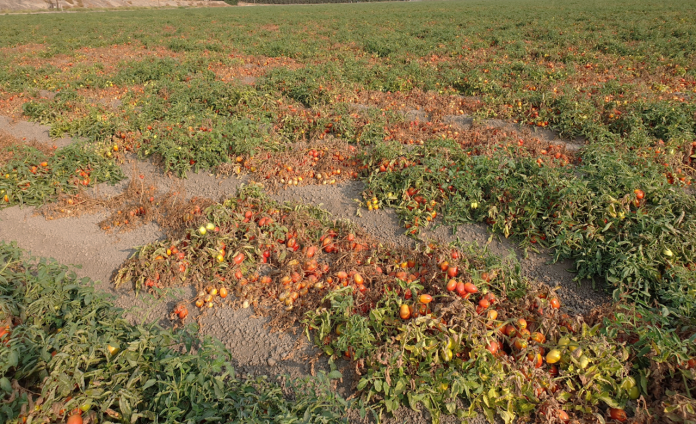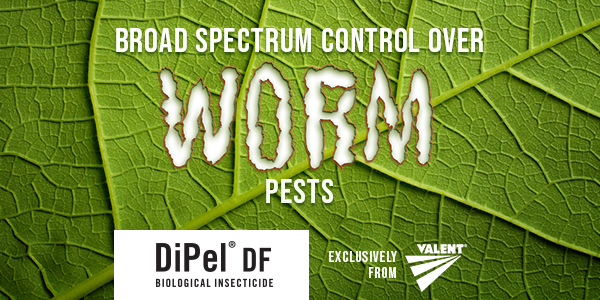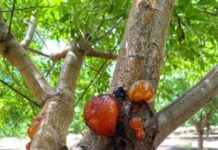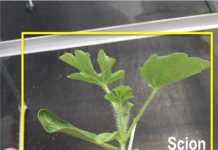
Powdery mildew is one of the fungal diseases affecting yield and quality in California processing tomato production.
Brenna Aegerter, UCCE farm advisor in San Joaquin County, explained in a UC Ag Experts Talk webinar that tomato powdery mildew (TPM) is caused by three different pathogens depending on environmental conditions. Leveillula taurica is the primary TPM pathogen in arid or semi-arid conditions. Early symptoms of this disease are yellow and light-green lesions on leaves that grow in size. The initial symptoms progress into necrotic and dead leaves with sporulation on either side of the leaf. Spores spread in the air.
Tomato powdery mildew infections increasing one month prior to harvest may affect soluble solids without affecting yield. Early season high disease pressure may significantly reduce yields.
Preventative applications are needed, Aegerter said. Two-week treatment intervals may be too long when disease pressure is high. To optimize chemical control, it is recommended that treatment begin early and to consider other target pests and diseases when choosing a control product. Good coverage that penetrates the canopy is needed. For resistance management, product rotations, tank mixes or formulated mixtures, include sulfur dust in the program when feasible.
Aegerter said younger plants are more susceptible to TPM and late-season fields experience heavier disease pressure. Proximity to other diseased fields and variety tolerance are also considerations. Plant stress may worsen mildew problems.
Field trials in Solano and Fresno growing areas showed that weekly sulfur dust significantly reduced TPM, but the degree varied by location.
Other fungal diseases affecting tomato production are Verticillium wilt, Fusarium, Southern blight and black mold.
Verticillium wilt is an early season disease that is widespread in California production tomato areas. Dry leaves in June and vascular discoloration can be signs of this disease as temperatures warm. Two of the tomato races, 2 and 3, have overcome the Ve resistance. This pathogen is long-lived in soils.
Fusarium crown and root rot infected tomato plants show a slow decline over many weeks late-season. A laboratory diagnosis for this disease is important. No cultivars are resistant.
High temperatures can trigger Southern blight. This fungus needs moisture at the soil line to grow. Aegerter said keeping the tops of the beds dry can help with control.
Black mold fruit rot disease is also a late onset disease. Resistant cultivars and timely harvest can reduce damage. Vine trimming to promote airflow is also advised.





















